13 things you
Ray Bradbury is of course best known as a writer. But you can understand the writer in different ways when you understand the man. In honor of Ray’s lifelong love of Halloween, we thought of the spookiest number and put together 13 fun facts about Ray, which will give you a deeper understanding of what motivated this charismatic, eccentric and intensely playful man.
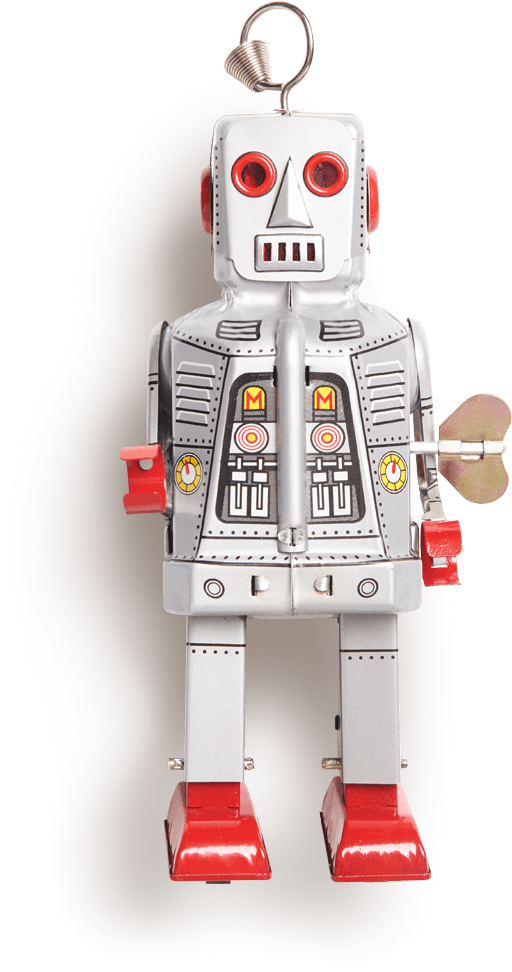
1
Mr. Electrico and the Power of Eternal Life
Bradbury’s writing life was sparked by an encounter with a carnival magician, Mr. Electrico, in 1932. At the end of Electrico’s performance, he reached out to the twelve-year-old Bradbury, touched him with his energy-charged sword, and commanded, “Live Forever!” Bradbury later said, ”I decided that was the greatest idea I had ever heard. I started writing every day. I never stopped.”
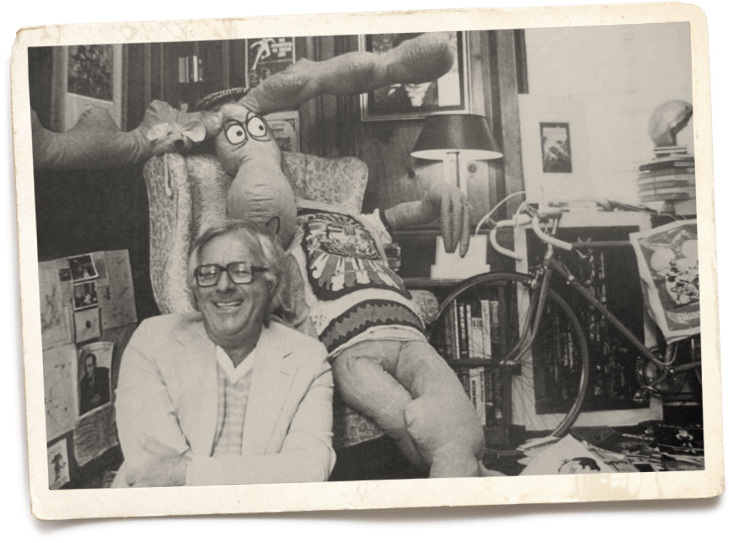
2
The Secret Panel
Not only did Bradbury create fantastical worlds with pen and paper, he also lived in a surreal world of his own creation. His Beverly Hills office (just like his home basement office) was filled with items that tickled his imagination: cartoons, figurines, stuffed animals, masks, and magic. In fact, Bradbury was so often lost in his own imaginary world that he would forget the demands of reality. He regularly forgot the keys to his office, but he solved this minor inconvenience by using a secret sliding panel.
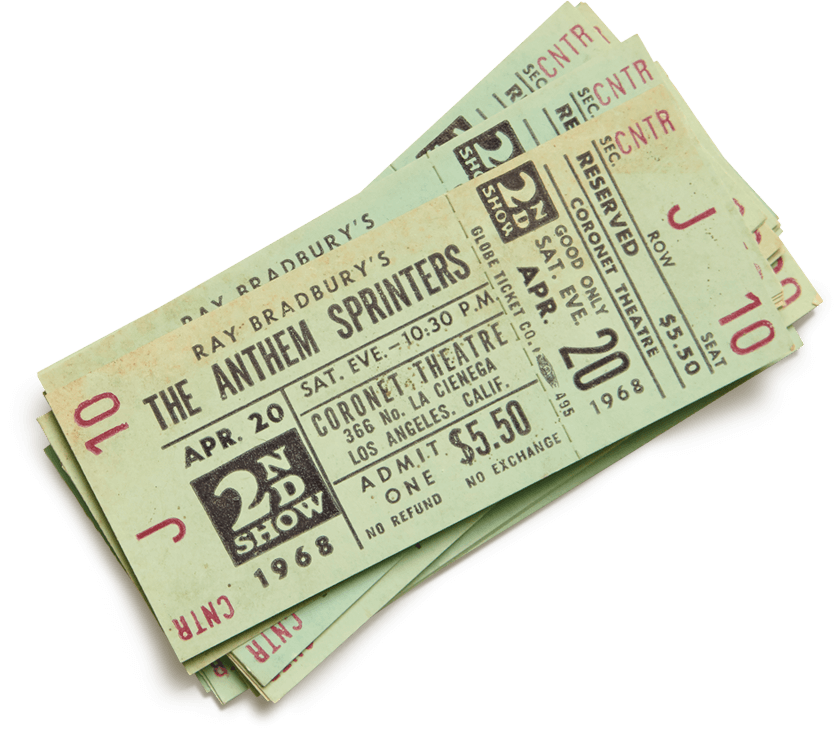
3
A Love Affair with the Movies
In February 1924, Bradbury saw his first film at age three, when his mother took him to see Lon Chaney in The Hunchback of Notre Dame. Two years later, he was back to see the actor’s next release, The Phantom of the Opera, twice: once with his mother and again with his brother, Skip. These pictures began his lifelong love affair with cinema. He often watched the same movie multiple times. In 1940, he watched Disney’s Fantasia more times than he could remember. His favorite Hollywood films came from almost every genre—King Kong, Citizen Kane, Singin’ in the Rain, and Close Encounters of the Third Kind—while the animation and silent films he’d seen as a child held a special place in his heart for the rest of his life.

4
Ray, Bernie, Elton, and Rocket Man
Bradbury’s short story “The Rocket Man” from The Illustrated Man inspired the hit song of the same name. Lyricist Bernie Taupin said he was so enthralled by the way the story portrayed the work of the astronauts as an everyday job that he “took the idea and ran with it”. His songwriting partner, Elton John apparently loved the lyrics and the tune came quickly: “It was a pretty easy song to write the melody to,” he has said. “It’s a song about space, so it’s quite a spacious song.”
5
The Artist
Not only was Bradbury highly creative with language—he was also an exceptional visual artist. He would use the basement office as his studio, doodling, sketching, and painting. He especially loved to draw devil faces, pumpkins, cats, and monsters, and even painted a Halloween Tree. After watching It’s the Great Pumpkin, Charlie Brown on Halloween with his daughters, he was thoroughly disappointed by the TV show’s handling of his favorite holiday. So, Bradbury remembered his earlier Halloween Tree painting and decided to write his own history of Halloween around this concept. The Halloween Tree became one of his best-known works.
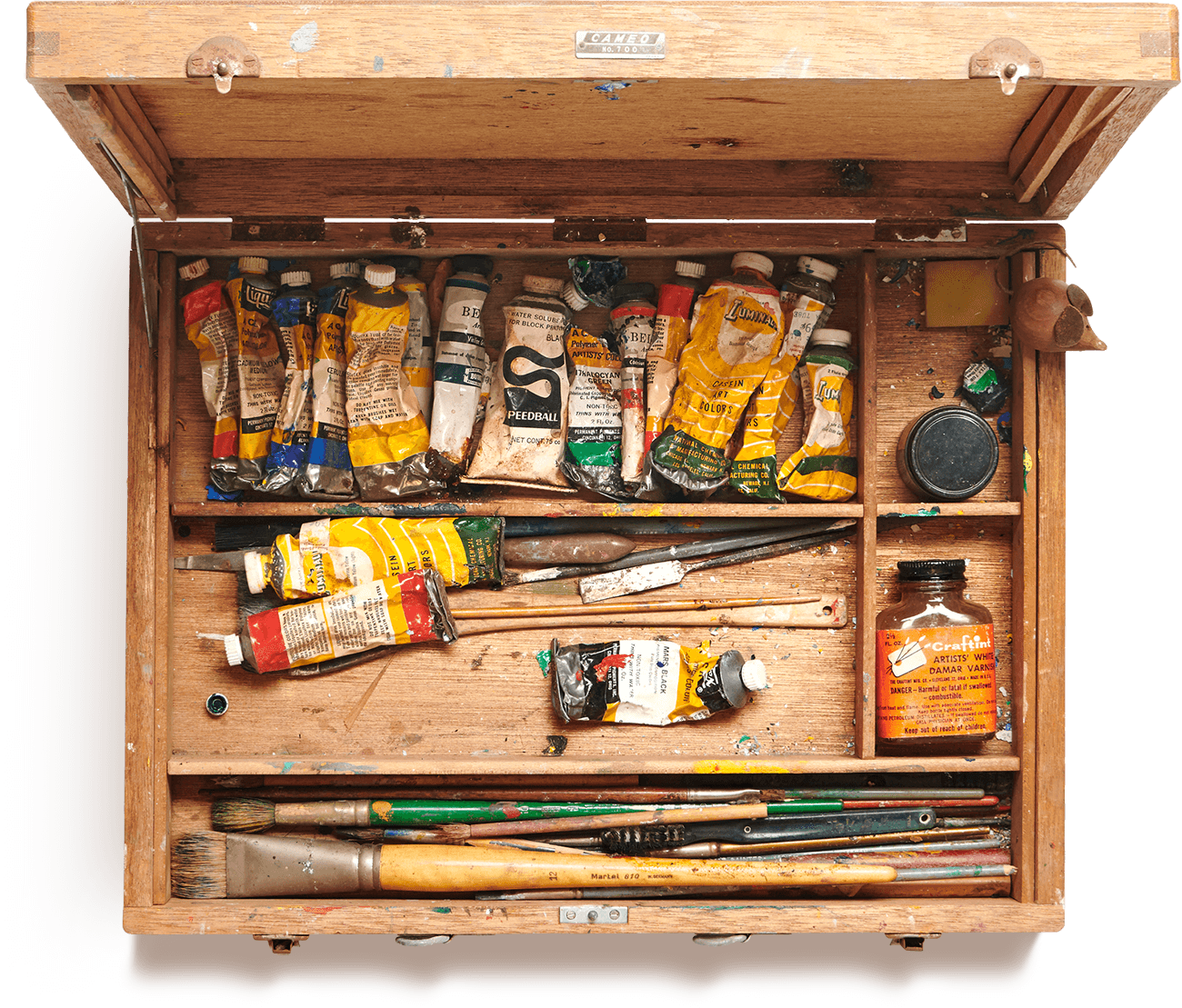
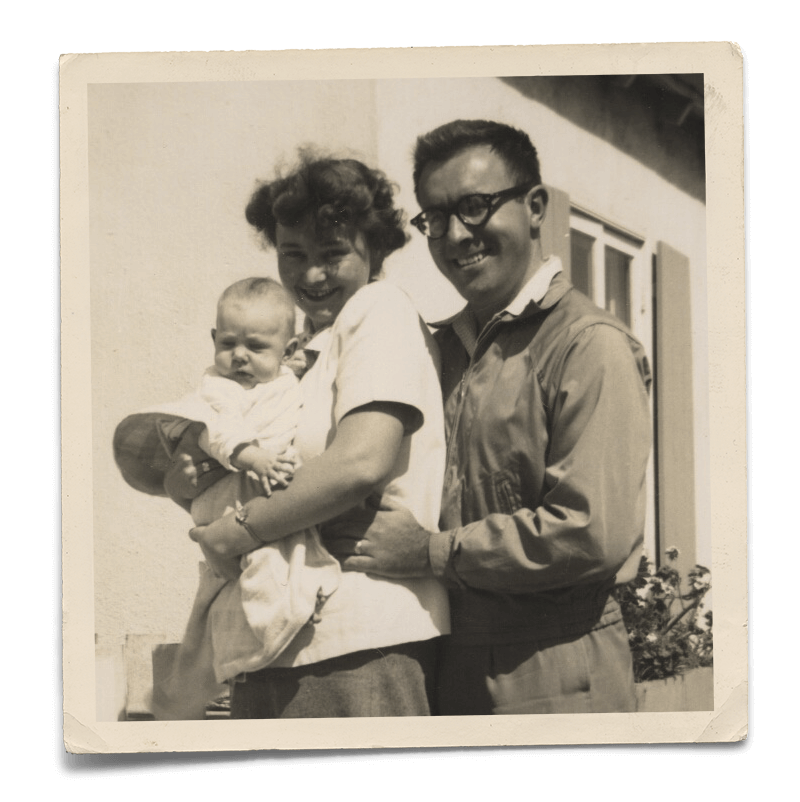
6
The Book Thief
Bradbury first met Marguerite “Maggie” McClure, the woman who was to become his wife, in downtown L.A.’s Fowler Brothers bookstore, where she worked as a clerk. She couldn’t take her eyes off him, though not because of instant attraction: She thought he was going to steal something, which, of course, he did—her heart.

7
The Halloween Tie
Even after his kids grew older and no longer thought it was cool to go trick-or-treating, Bradbury still dressed up for the holiday and enjoyed trick-or-treating all the same. He owned a number of Halloween ties; in later years, he had a special orange one made that he wore year-round with a white-collared shirt, white sneakers, white socks pulled up to his shins, white shorts, and a white windbreaker.

8
His Type of Technology
In 1932, Bradbury received a toy dial typewriter for Christmas. Five years later, he bought his first real typewriter for $10. Despite his forecasts of some of the great technological developments of the 20th and 21st centuries, the typewriter remained one of the few innovations Bradbury was really comfortable with. In Fahrenheit 451 and a number of short stories, he predicted radiotelephone “ear thimbles”—what we today call Bluetooth headsets and EarPods—which he depicted as cacophonous, isolating, and socially disastrous. He never used a computer, and in 2009, he described the Internet as largely “a waste of time.”

9
The Toy Collector
Bradbury never lost his childlike sense of play, fun, and expressiveness. His grandchildren remember him as having more toys than they did: toy ray guns, robots, stuffed dinosaurs, oversized stuffed animals of Rocky and Bullwinkle lounging in cushioned chairs, and even a head floating in a glass jar—courtesy of Alfred Hitchcock. His final home had wall-to-wall shelves filled with books, as well as art, movies, TV props, and trinkets from his travels to Mexico. Each Christmas, Bradbury asked his wife to give him toys instead of any other gifts. One of his granddaughters described his home and office as “a riot of activity” with “junk everywhere,” while a lifelong friend and colleague said, “When I think of Ray, I think of his house overflowing with books, papers, toys, and cats—somehow a physical embodiment of a cross-section of the American brain.”
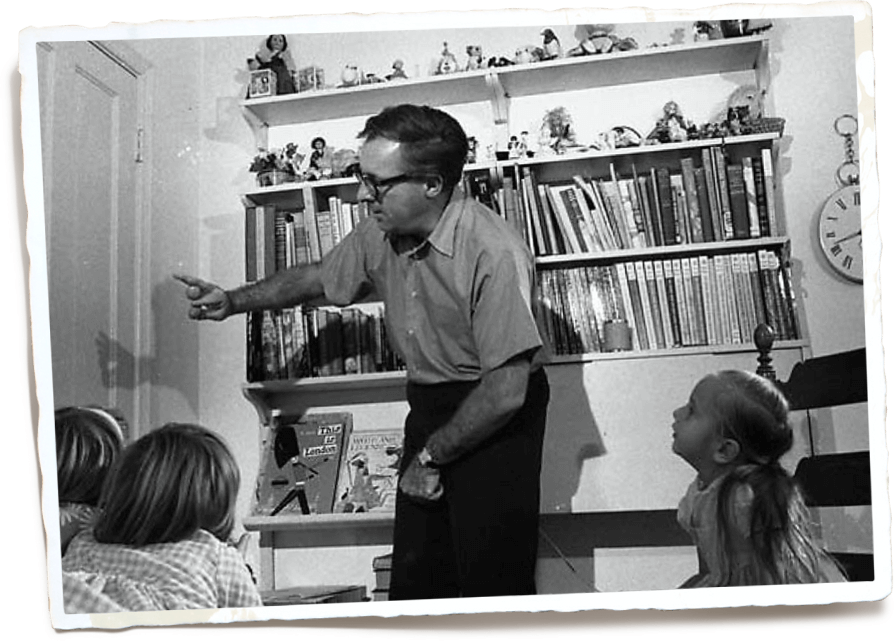
10
The Magician
As a boy, Bradbury attended several performances by Blackstone the Magician and, in 1931, was given a book on magic for his eleventh birthday. He was soon performing his own magic act for various service clubs and lodges, and was invited to appear at the Veterans of Foreign Wars Hall on Christmas Eve. Later in life, Bradbury enjoyed doing magic tricks with cards and coins for his grandchildren.
11
His Kind of Wheels
Despite his amazing visionary qualities, Bradbury never learned to drive a car. This was because he had very poor eyesight and once witnessed a serious road accident that deeply affected him. This made him stand out in Los Angeles, as he rode his bicycle or flagged down taxis. Katharine Hepburn once drove him around Beverly Hills and dropped him off at his office. And Doris Day would give him a cheery wave as she passed him on her bicycle.
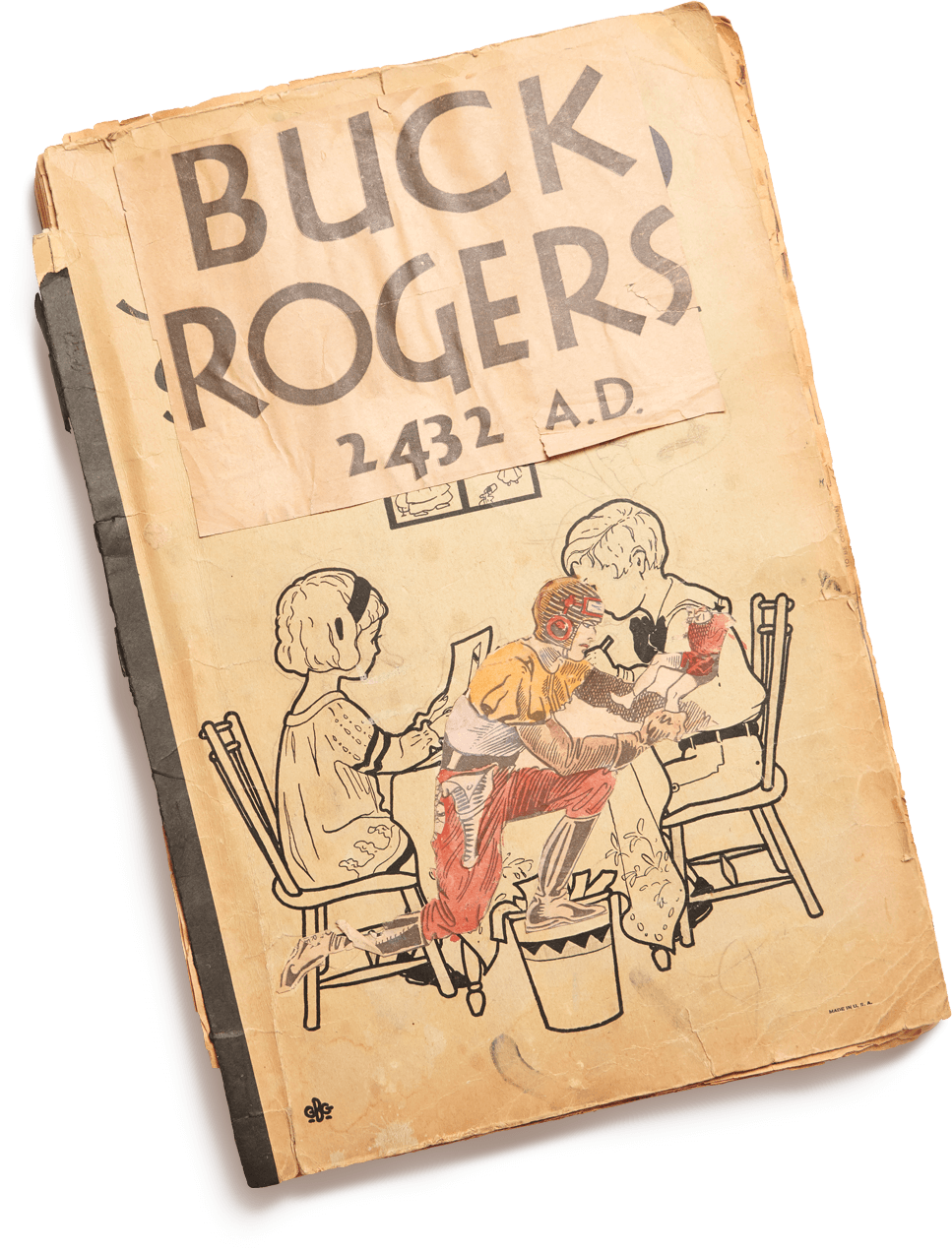
12
The Reader
Bradbury’s family ignited his love for reading at an early age. When he was four, his parents taught him how to read newspaper comics. A year later, on Christmas day, his Aunt Neva (short for Nevada) gave him his first book of fairytales, Once Upon a Time, and soon after, she started reading him the Oz books by L. Frank Baum. Then the “Buck Rogers” comic strip arrived in his life at age eight. Bradbury was such a fan, that he “lived in a state of near hysteria waiting for the comic to slap onto my front porch each night in the evening paper.” With “Buck Rogers” came “Tarzan” and “John Carter, Warlord of Mars” by Edgar Rice Burroughs. He later borrowed Burroughs’s books from his Uncle Bion, who lived around the corner. Bradbury read them many times, and almost committed their entire texts to memory. He reminisced, “Long before I went to the regular library, I picked up on those elements of fantasy which I think influenced me and changed my life.”
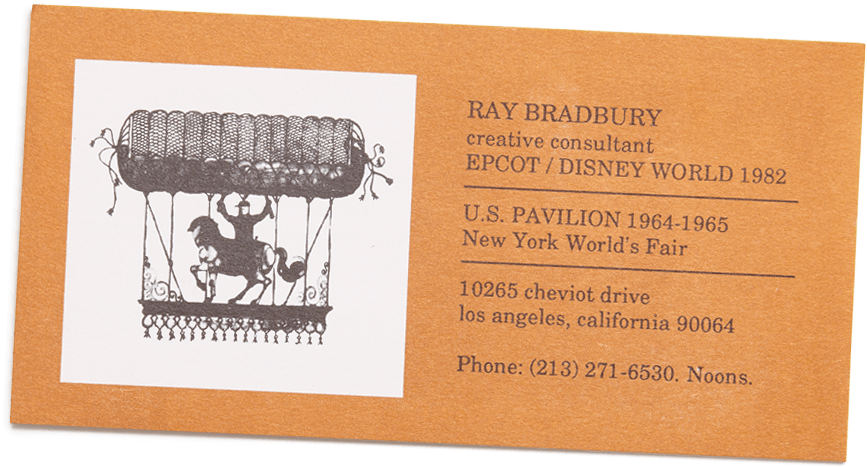
13
The People’s Champion
Bradbury would often speak enthusiastically about education, libraries, urban living, and the importance of freedom. He developed a passion for city planning and participated in the development of Disney World’s Experimental Community of Tomorrow (EPCOT) in Orlando, Florida, and the Horton Plaza shopping center in San Diego, California. He wanted cities to be re-created, to be better for everyone, not just for the elite. Bradbury always wanted to be part of the solution, not the problem. He also spoke out on public issues, such as the decision for Los Angeles to prioritize freeways over public transit. He always aimed to engage and inspire.